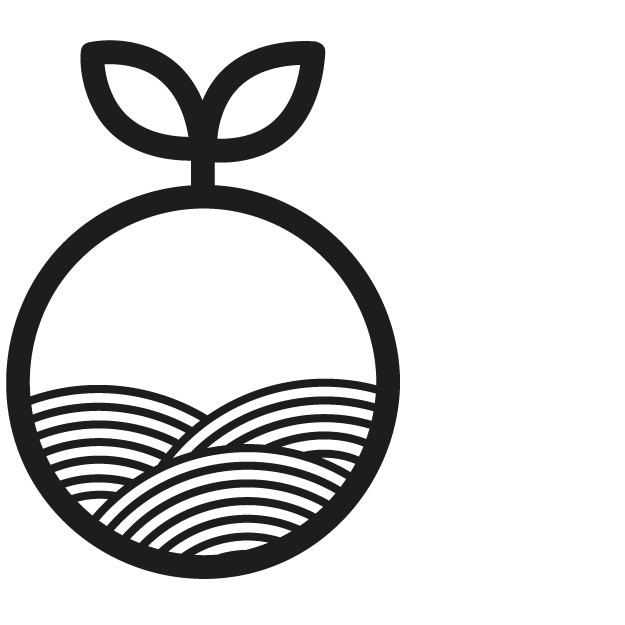Understanding the needs of different scale of businesses for Australia's tech-giant
—
Engagement length: 10 weeks
Sector: Technology
Team: Principal Designer+ Designer
Object of design: Research and Service Design
—
Experiencing impressive year on year growth, one of Australia’s tech giants has developed a strong fan-following for its seamless product experiences. However, in the midst of this growth, the company’s billing and payment systems have struggled to keep up. A new Commerce Platform is being developed to unify and centralise commercial management and experience across the company’s products. Our team was engaged to help better understand customers who interact with this commerce platform, their needs, pain points, behaviours, with the ultimate aim of depicting how these needs can be met.
Context/ challenges
Sitting at the crossroads of the company’s start-up fans and enterprise
The tech giant has accumulated many fans, especially from start-ups and developers. Though, as the enterprise customer base expands over the growing needs to work more collaboratively, the one-click paid by credit card experience aren’t always meeting enterprise’s more complex procurement and payment needs (e.g. some require more tailored prices due to such large purchases) This poses a challenge for Commerce team to meet needs from both customer base, also poses bigger questions about the commercial and pricing strategy, and how it impacts the current commerce experience.
Improving micro user experience without a holistic service view
We found that when subscription bills arrive and when payment is charged, they are critical moments for customers to reassess the value and cost their subscription is bringing to them. Yet, the current commerce experience is rather fragmented as many acquired products are not yet consolidated to the same payment platform, causing customer frustrations in billing and payment management.
Missing aggregated view to show the value of products
When payment is charged or a bill is sent to customers, it becomes a critical moment for them to reassess the value of their subscriptions. Yet, the current commerce experience is rather fragmented due to the lack of seamless consolidation of the acquired products across the years, creating a barrier to provide a clear aggregated view for customers to easily manage and evaluate their products.
Approach
Over the duration of 12 weeks, we conducted a series of 1:1 in-depth interviews with customers, service partners and internal staff.
Interviews with customers and partners helped us understand the current pain points and frustrations customers are experiencing
Interviews with internal staff helped us gain a fuller picture of all the moving parts and strategic decisions that the new commerce platform need to account for.
A hypothesis approach with a series of concepts to confirm how customers’ needs will be met in the future, which are reflected in the journey map and experience manual.
Value and outcome of this work:
This work resulted in:
An ideal futures state commerce experience manual documented on Confluence, the manual can be broken up into UX design briefs under each of the journey stages for the team to design and deliver.
This manual includes a set of overarching CX principles, an end-to-end journey map that depicts each ideal service moment in each phase, and opportunities for the company to display value to their customers.
A set of behavioural archetypes to explain the traits of different scales of businesses, how they behave, challenges face, opportunities to better meet their needs when it comes to managing and paying products.
Business behavioural archetypes







